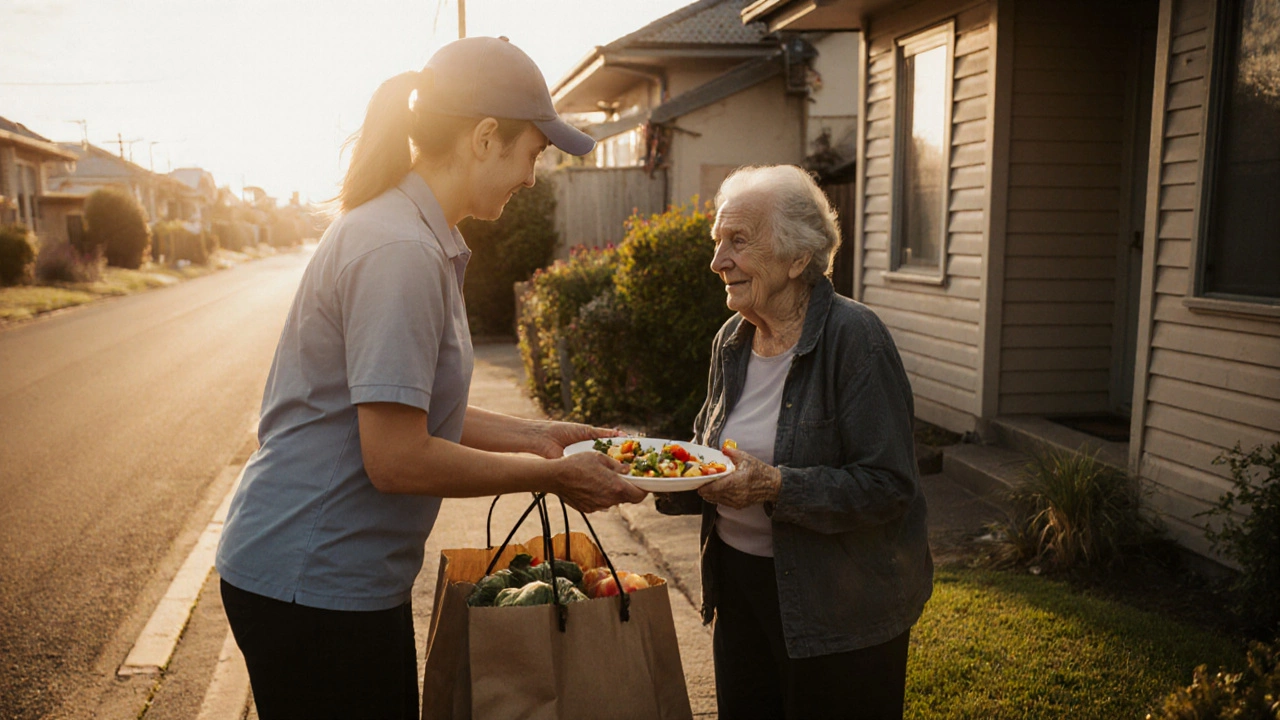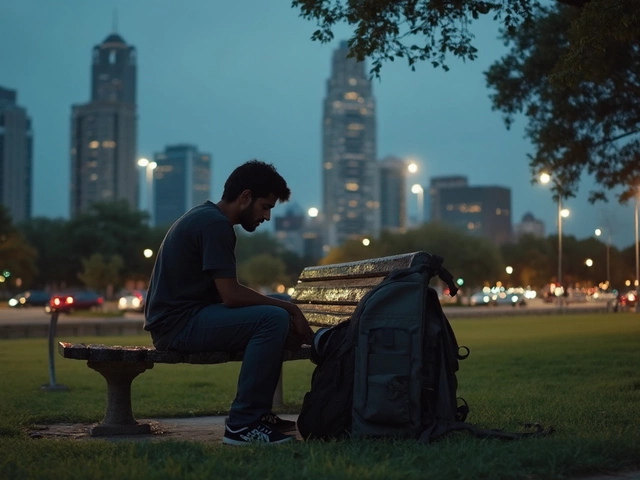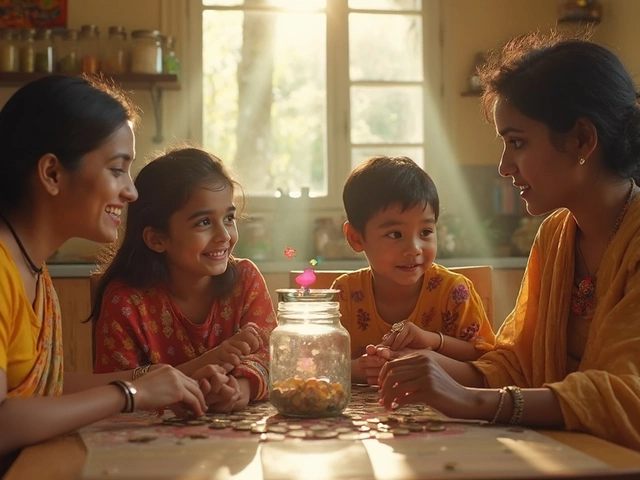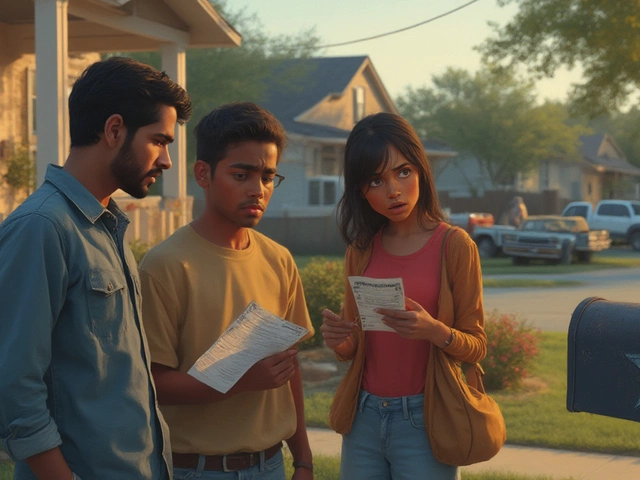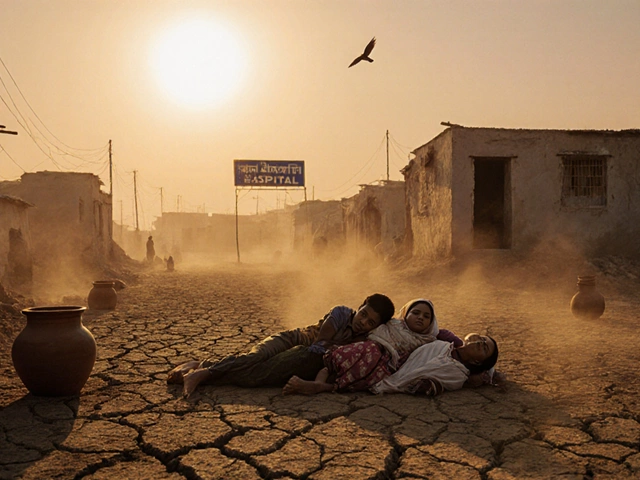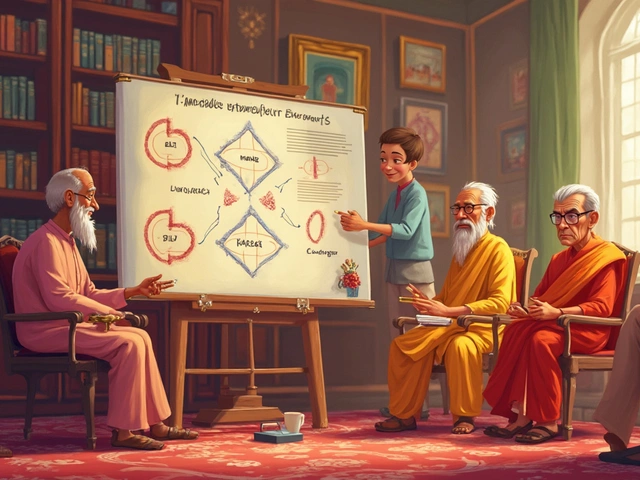Community outreach isn’t just handing out flyers or showing up at a festival once a year. It’s about showing up consistently, listening more than you speak, and building trust over time. If you’ve ever seen a group of volunteers planting trees in a park, a health worker offering free check-ups at a library, or a youth group organizing a clean-up day after school-you’ve seen community outreach in action. But what does it really mean when people say "community outreach"? It’s not a buzzword. It’s a practice. And it works when it’s real.
Community outreach means showing up where people already are
Too often, organizations think outreach means setting up a table at a community center and waiting for people to come to them. That rarely works. Real outreach goes where the people are-on the bus route, at the corner store, during the after-school program, in the waiting room of the clinic. It’s not about where it’s convenient for you. It’s about where it matters to them.
In Wellington, a local nonprofit noticed that many elderly residents weren’t signing up for free meal programs. Instead of sending letters, they started sending volunteers to visit people in their homes during grocery delivery days. The result? Sign-ups jumped by 60% in three months. Why? Because they met people where they already were, not where they thought they should be.
It’s not about giving- it’s about listening
Outreach isn’t a one-way street. It doesn’t work if you show up with a solution before you understand the problem. Too many programs fail because they’re built on assumptions: "They need X," without ever asking, "What do you need?"
Take the case of a youth center in Porirua that wanted to reduce teen dropouts. They spent six months just talking-no flyers, no programs, no agenda. They sat with students at the mall, on the bus, after basketball games. What they heard surprised them: most kids weren’t dropping out because they didn’t care about school. They were dropping out because they had no one to talk to about family stress, mental health, or job pressure. The center didn’t start a tutoring program. They started peer mentoring circles led by older students. Dropout rates fell by 35% in a year.
Community outreach builds trust, not just services
Trust doesn’t come from a brochure. It comes from repeated, honest interactions. People don’t need to know your mission statement. They need to know you’ll show up when things get hard.
During the 2023 floods in Hawke’s Bay, a small community group didn’t wait for government aid. They had spent years building relationships with local Māori elders, small business owners, and migrant families. When the water rose, they already had a list of who needed help, who had boats, who could cook, who spoke te reo Māori and English. They didn’t have a fancy plan. They had trust. And that’s what moved things faster than any official response.
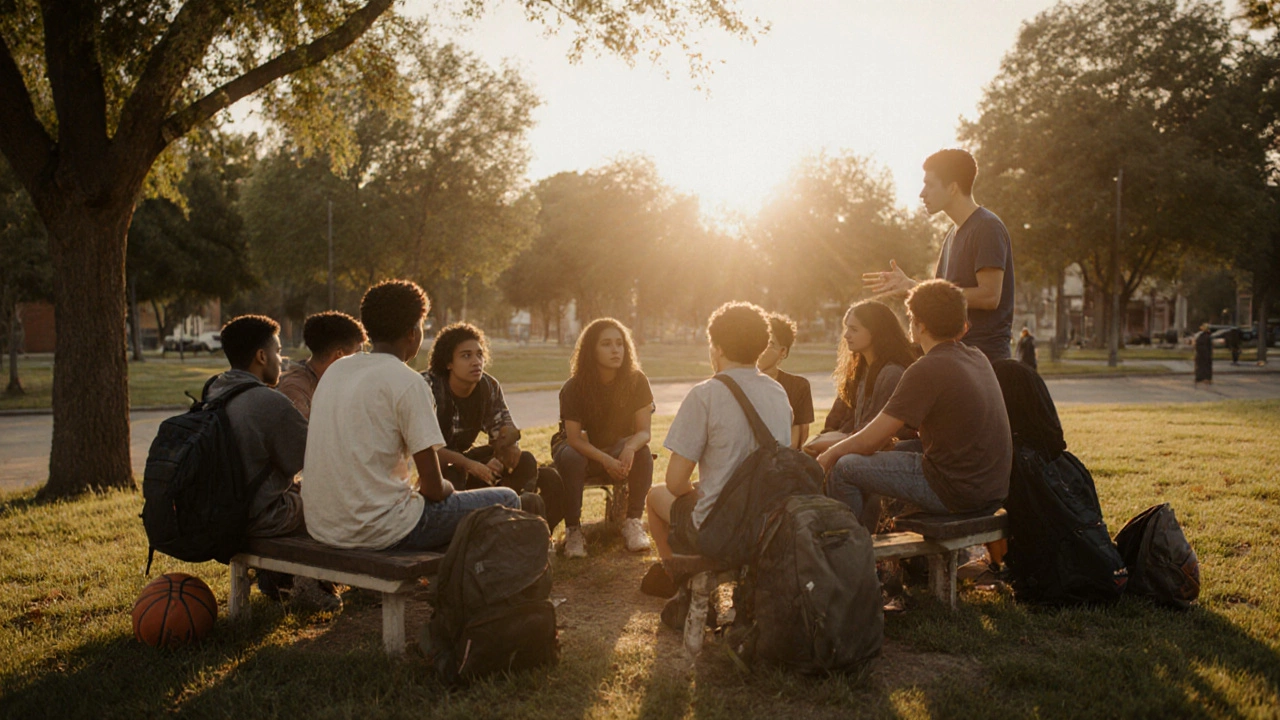
It’s not just for nonprofits
You don’t need to be a charity to do outreach. Local businesses, schools, churches, and even individuals can-and should-be part of it. A café in Otaki started leaving free coffee and sandwiches by the door for anyone who needed it, no questions asked. A teacher in Christchurch began hosting weekend homework help sessions in the school gym. A group of retirees in Dunedin started visiting isolated neighbors every Tuesday with homemade soup.
These aren’t grand gestures. They’re small, regular acts. And over time, they change how people see their neighborhood. They start to feel like they belong.
What does successful community outreach look like?
It doesn’t always mean big events or media coverage. Real success looks like:
- People asking for your help before you even ask if they need it
- Neighbors starting to talk to each other because they met through your initiative
- Local leaders calling you before making decisions that affect the area
- Someone saying, "You’re not just doing something for us-you’re with us."
One sign you’re doing it right? When people start doing outreach on their own. When the high school kids who once came for free meals now organize the food drive. When the local shopkeeper starts collecting donations because they saw how much it meant to someone. That’s when outreach becomes community.
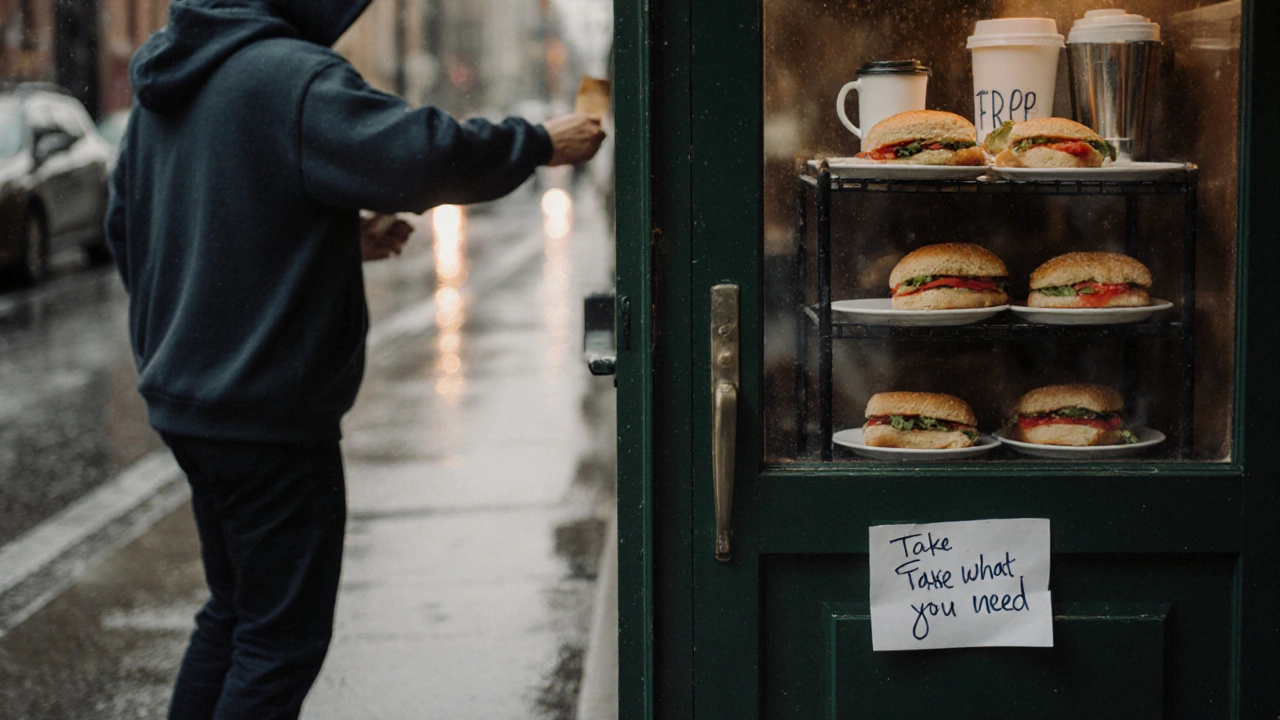
Common mistakes people make
Outreach fails when it’s treated like a marketing campaign. Here are the top three mistakes:
- Only showing up during crises - People notice when you only appear when there’s a disaster, then vanish. Consistency matters more than intensity.
- Speaking for people instead of with them - Saying "We know what’s best for the community" is the fastest way to lose trust. Ask. Listen. Adapt.
- Measuring success by numbers - Did you reach 500 people? Great. But did 50 of them feel heard? That’s the real metric.
One group in Taranaki tracked how many people showed up to events. Then they switched to asking: "Did you feel like you belonged here?" The answer changed everything. They stopped trying to grow their events. They started trying to deepen their connections.
How to start your own community outreach
You don’t need a budget or a team. You just need to begin.
- Find one person - Talk to someone in your neighborhood you don’t know well. Ask: "What’s something you wish was easier here?"
- Listen without fixing - Don’t jump to solutions. Just hear them out. Take notes.
- Do one small thing - If they said the bus stop is dangerous at night, bring a solar light. If they said kids have nowhere to study, offer your garage for homework time.
- Keep showing up - Go back next week. Ask how it went. Don’t expect thanks. Expect change.
Outreach isn’t about being heroic. It’s about being reliable. It’s about showing up, even when no one’s watching.
Why this matters now
More people feel isolated than ever. Social media connects us to strangers but leaves us lonely in our own streets. Community outreach is the quiet antidote. It rebuilds the invisible threads between people-the kind that hold neighborhoods together when everything else falls apart.
It’s not glamorous. It doesn’t go viral. But it lasts. And in a world that moves too fast, that’s the most powerful thing of all.
Is community outreach the same as volunteering?
Not exactly. Volunteering is about giving your time or skills. Community outreach is about building relationships and trust with people in a specific area. You can volunteer without doing outreach-like stuffing envelopes from home. But outreach always involves showing up, listening, and staying connected. Volunteering is one tool. Outreach is the whole strategy.
Do I need funding to do community outreach?
No. Many of the most effective outreach efforts cost little to nothing. A simple conversation, a shared meal, a weekly walk with a lonely neighbor-these cost nothing but time. Money helps with supplies or space, but trust is built through presence, not budgets. Start small. Focus on relationships, not resources.
How do I know if my outreach is working?
Look for signs of organic change. Are people starting to talk to each other because of your efforts? Are they asking for your help before you ask them? Do local leaders come to you for input? These are better indicators than attendance numbers or social media likes. Real outreach grows roots, not just reach.
Can businesses do community outreach?
Absolutely. Businesses have access to space, resources, and customers-key tools for outreach. A local bakery that leaves bread at the bus stop for people in need. A hardware store that lets teens borrow tools for community projects. A dentist who offers free check-ups at the school. These aren’t ads-they’re acts of belonging. When businesses show up as neighbors, not just sellers, they build loyalty that lasts.
What’s the difference between outreach and fundraising?
Fundraising is about getting money. Outreach is about getting trust. You can raise money without doing outreach-like sending an email blast. But you can’t do real outreach without building trust first. Outreach often leads to fundraising, but only when people believe in you-not just your cause. Don’t start with asking for donations. Start with asking for stories.
